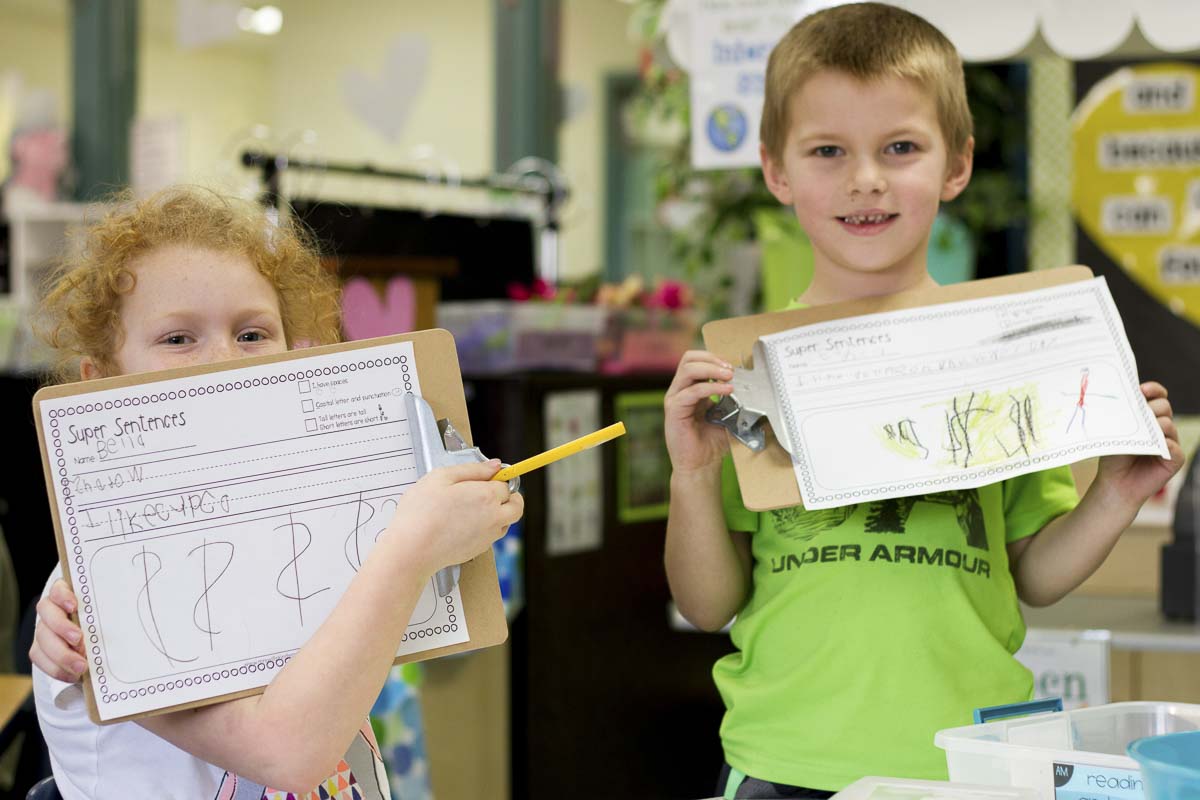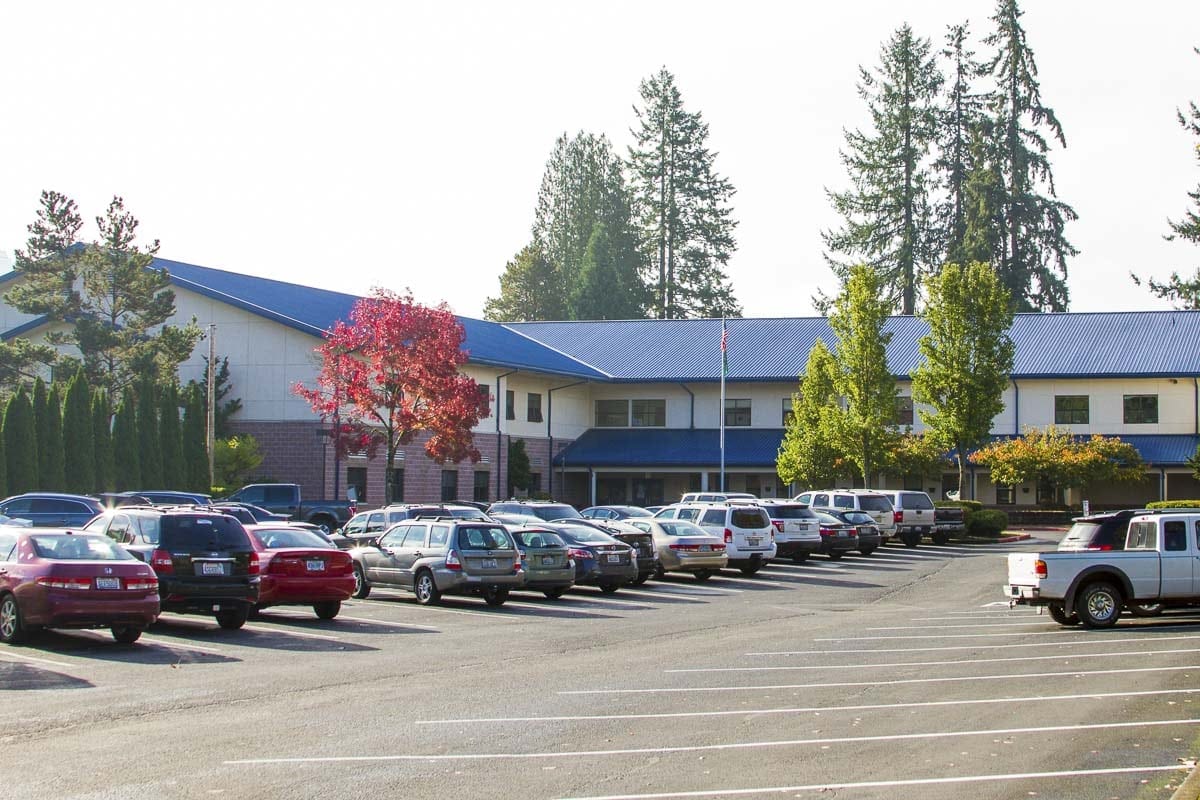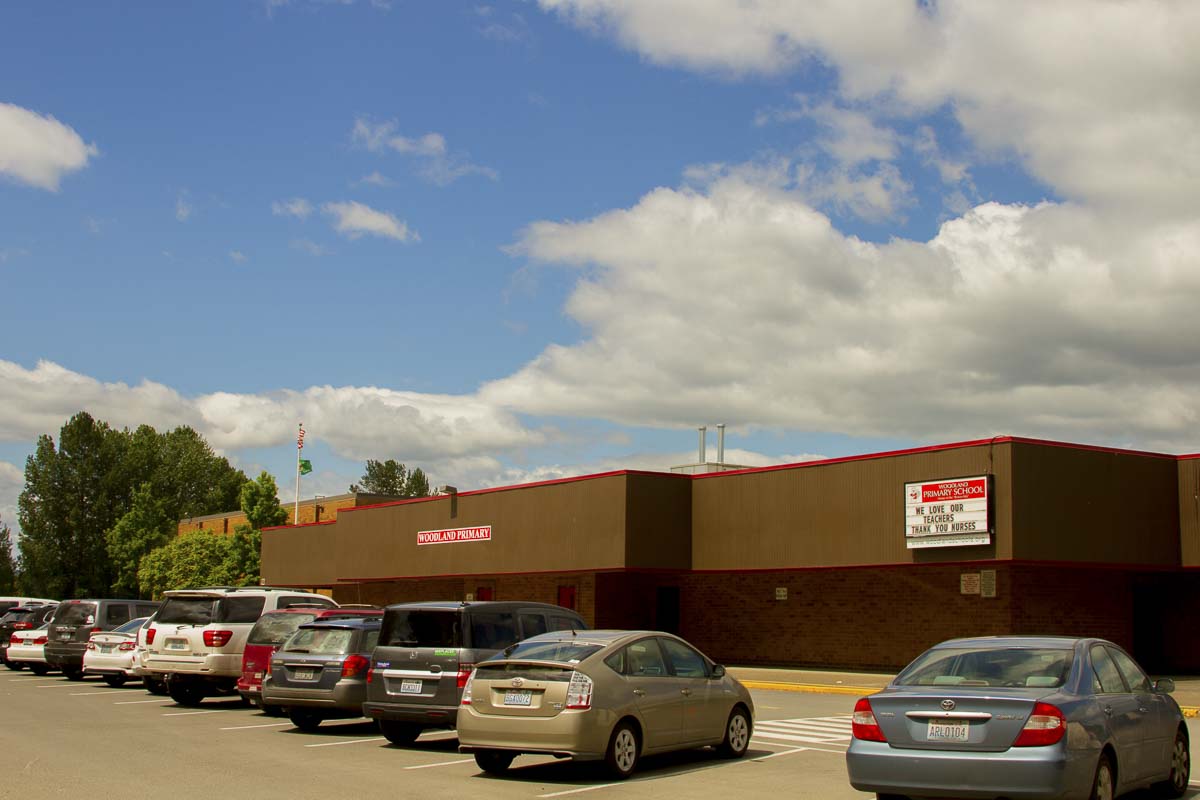Changes to accommodate substantial growth in enrollment
WOODLAND — Beginning with the 2019-20 school year, Woodland Primary School and Woodland Intermediate School will join Yale School to serve students in grades K-4 as neighborhood schools, reconfiguring from their existing grade structure of grades K-1 at Woodland Primary and grades 2-4 at Woodland Intermediate.

The current enrollment of Woodland Public Schools already exceeds the capacity of existing school facilities. All schools except for the new high school, opened in 2015, have student enrollments exceeding the initial capacity designed for the respective buildings. In addition, the City of Woodland is considering amendments to its Comprehensive Plan potentially adding as many as 1,200 new homes to the Woodland community, ballooning school enrollment.
Over the past year, the Woodland Public Schools Board of Directors reviewed grade configuration options in consideration of overcrowding; the academic success of students; and effective, efficient student transportation. Following this comprehensive review, the board recognized that reconfiguration of Woodland’s elementary schools to K-4 neighborhood schools was the best choice for the children and families served by the district.

The new reconfiguration of elementary schools offers greater educational continuity for students with fewer transitions. Research studies demonstrate that increased school continuity correlates with improved academic and behavioral outcomes for students both in the short-term and long-term of their academic careers.
In addition to improved continuity, reconfiguration increases the efficiency of transportation routing resulting in students spending less time on school buses as well as a reduction in operating costs. The reconfigured schools will also provide more effective academic and behavioral supports for students.

Reconfiguration benefits also include:
- Balanced distribution of enrollment between schools reduces the need to add additional modular classrooms at Woodland Intermediate School.
- Districts with multiple elementary schools see increased parent participation in school activities.
- Families will have a single elementary school for their school-aged children increasing opportunity for family engagement and participation.
- Reconfiguration provides opportunities for more effective professional collaboration between teachers and schools.
- Neighborhood schools increase positive interaction within a wider range of students including older students serving as role models and buddies for students in younger grades.
- Reconfiguring Woodland’s schools will result in less-crowded schools which will offer safer learning environments.
In the coming months a team will develop transition plans to ensure a smooth and positive transition to the new grade configuration next fall. “The transition to neighborhood schools offers a much more effective learning structure for Woodland’s students and families,” said Superintendent Michael Green. “Neighborhood schools will enhance the quality of education Woodland’s students receive.”
Information courtesy of Woodland Public Schools.




